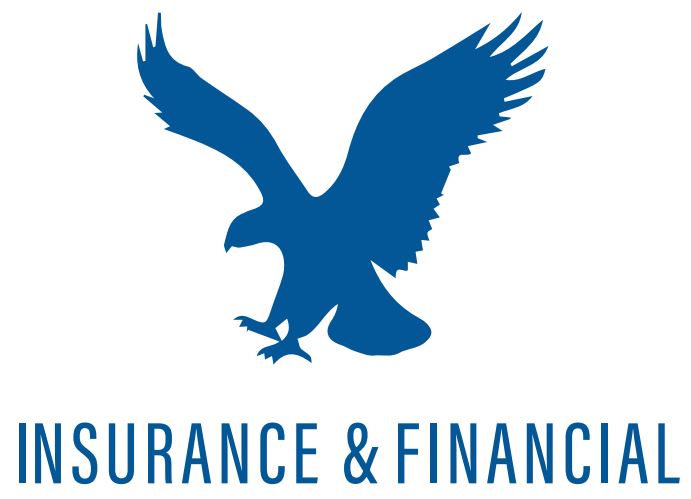Long summer months are great for motorcycle riding. The longer hours and conducive temperatures encourage time on the open road. Regardless of your destination or how frequently you ride, proper maintenance ensures safety at all times. Some issues should be tackled by professionals, such as battery recharge and new spark plugs. But, there are a whole host of ways you can attend to your bike at home.
Checking Your Tires
Underinflated tires impact ease of use, and breaking abilities. Motorcyclists should check tire pressure at least once a week to confirm there is enough to make it easier to handle while on the road. The same can be said about overinflated tires. Too much air and you risk affecting the grip. Furthermore, there is the issue of mileage. Getting the best mileage with your motorcycle includes appropriately inflated tires. Use a quality pressure gauge. Reference your user manual to confirm pressure numbers. The more you ride, the more you will need to stay on top of the tire pressure.
Change the Oil
Owning a motorcycle is similar to a car in the respect that it needs regular oil changes. Every few thousand miles should be sufficient, but your manual will give you more in-depth information on what works best. Proper lubrication means your engine is smoother and reduces the risk of issues. Changing it yourself is relatively easy. After a quick warm up, roughly 5 minutes to thin out the oil, you can remove the drain and oil fill plug to start the process. The filter will need to come out as well. When all of the oil is drained, put in a new filter and replace parts that were removed for the process. A funnel makes it easier to put oil back in and fill up with the recommended volume.
*Oil needs proper recycling. You can do this at a bike shop or local municipal facility.
Replace the Coolant
Checking and changing the coolant takes minutes, but many owners overlook this process. The location varies per bike, but the owners manual will identify the location. The coolant is essential because it regulates the temperature of your engine and prevents overheating, freezing, or corrosion. Checking and changing should be completed on a cold engine. Locate the drain plug usually found near the water pump. Removing the cap will drain the coolant from the bike. After adequately draining, you can replace with a 50/50 solution of antifreeze and deionized water. Only re-fill to the recommended level.
Clean the Chain
The chain plays a pivotal role in your bike. The right tension and your sprocket or gearbox will wear out. It can also mess with your transmission, reduce rear suspension, and reduce the lifespan of your drive chain. Keep the chain clean and ensure proper tension. The owner’s manual will inform you when what mileage is best for cleaning, but it’s not a bad idea to check it regularly for debris or excess dirt if you ride often. When you clean the chain keep the bike off and in neutral. A gentle bristle brush effectively removes dirt and grimes without corroding the metal. Lubricate the chain while rotating the back wheel. Tension is tightened following the user’s manual, but it is best done with someone sitting on the bike. The chain’s tension will automatically tense once the rider is onboard.
Add Grease
Bikes can benefit from regular greasing. However, it should only be completed while using the correct grease. The user’s manual or your local bike shop can make recommendations. A little dab of oil can improve critical components that not just prolong the life of your bike but make it safer over time. Grease areas such as the footrest, hinges, levers, and cables. Locks are important too. Never spray the bike. Grease should only apply to areas that need them. For your safety, never grease the brakes. It will compromise your safety while on the road. Again, your manual will not only inform you of what grease is appropriate but the points where it should be applied.
The ultimate protection on the road is with comprehensive motorcycle insurance. Contact Royce Williams Insurance or visit our website to learn about our motorcycle policy.



